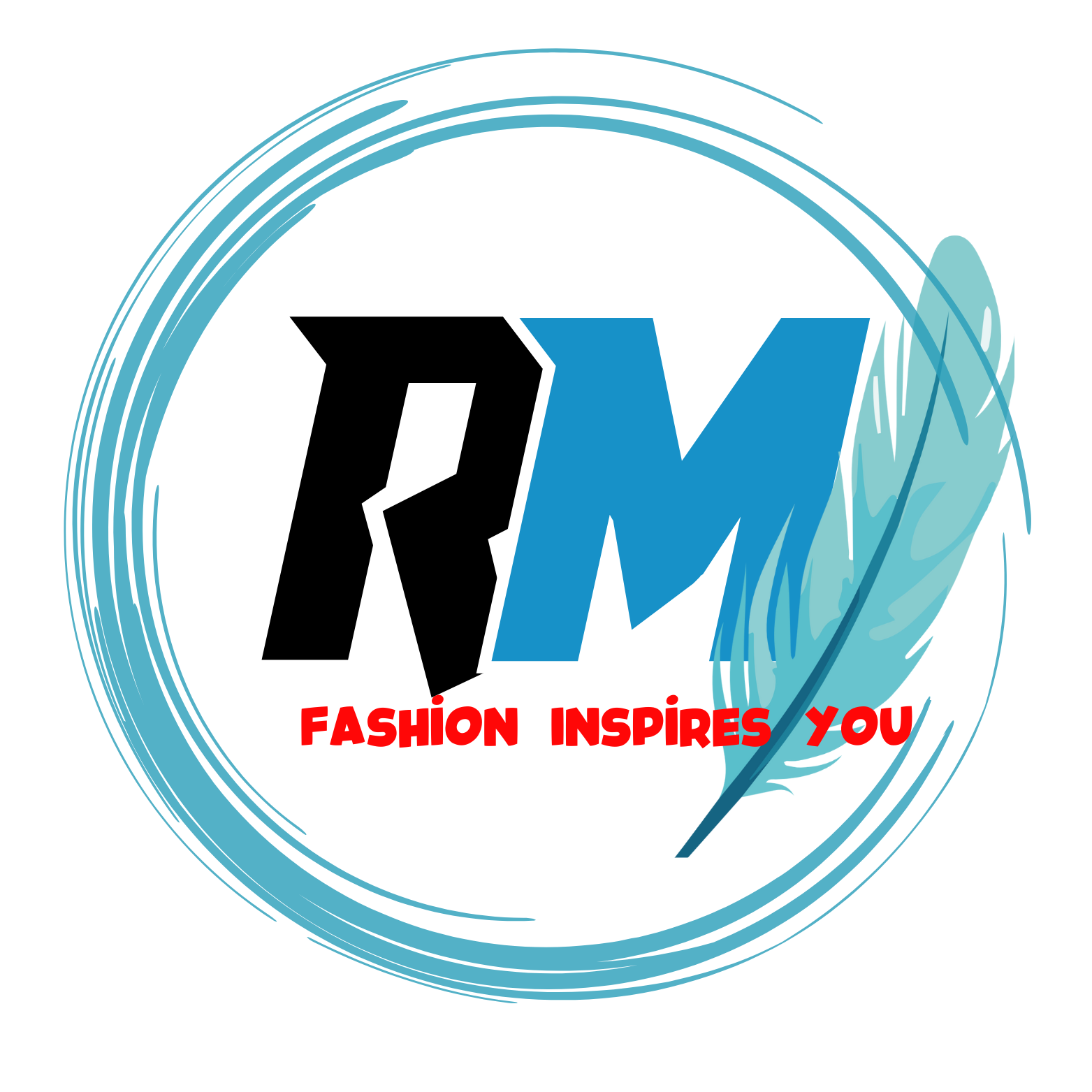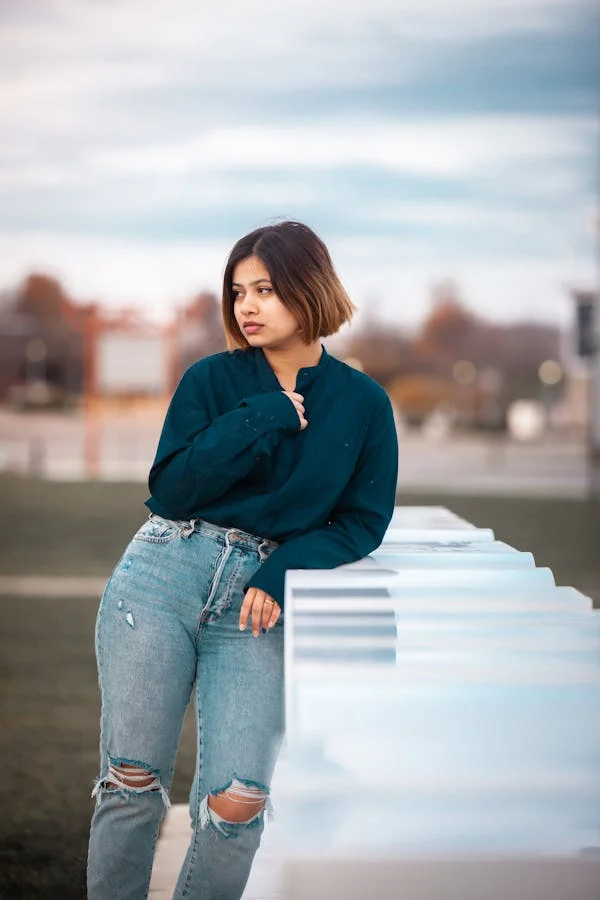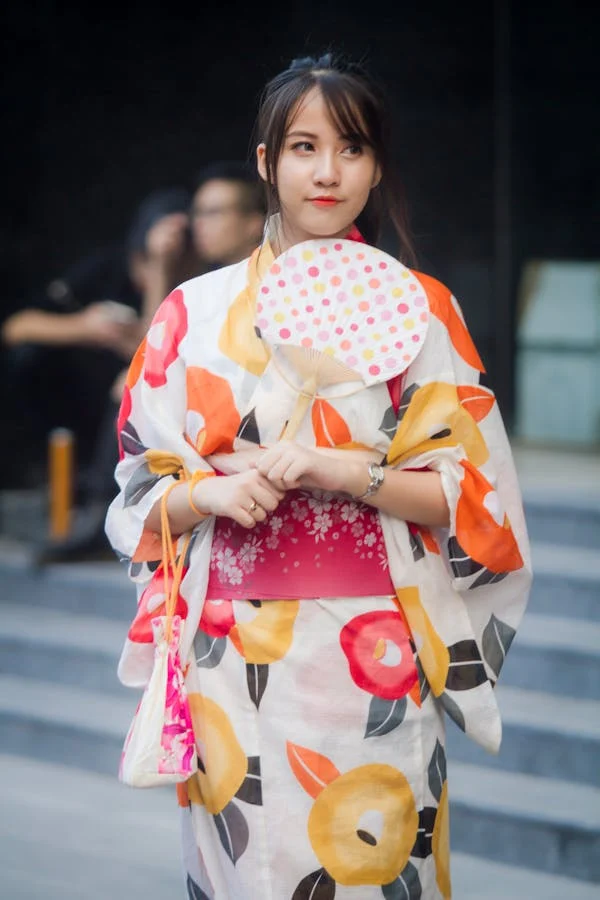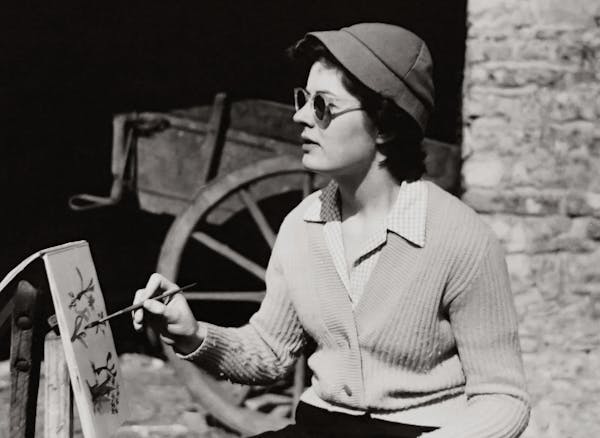
Best Edwardian Era Women’s Fashion Top 10 New Brand 2024
 Abdur Rahim
Abdur Rahim- 0
- 84
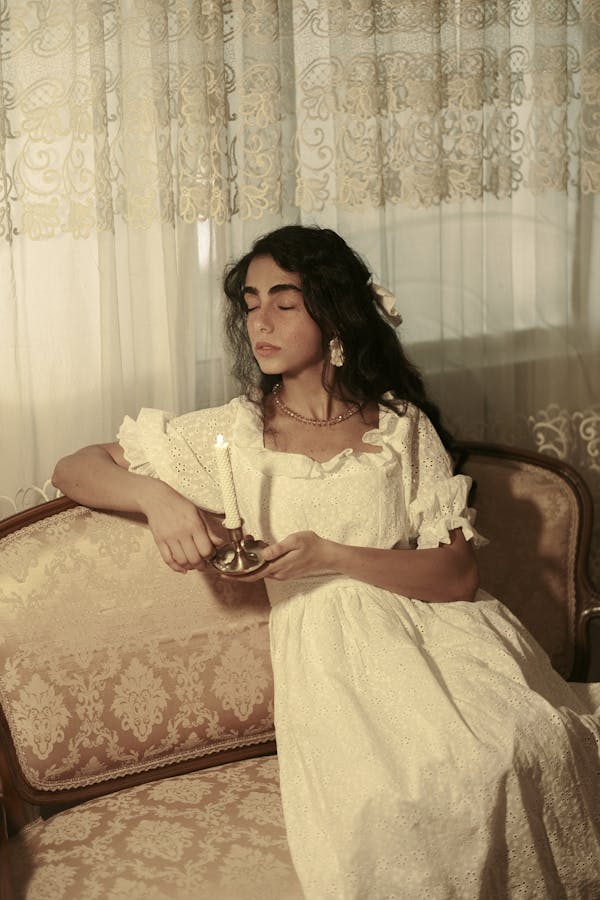
Edwardian Era Women’s Fashion The Edwardian era (1901–1910) marked a distinctive shift in women’s fashion, characterized by elegance, innovation, and the influence of modern industrial advancements. This period departed from the restrictive Victorian styles, embracing more practical yet ornate designs. Women’s clothing from this era reflected both the societal changes and the influence of the fashionable elite.
Table of Contents
ToggleThe Influence of the Edwardian Silhouette
The hallmark of Edwardian fashion was the S-shaped silhouette, achieved through the combination of corsetry, structured garments, and clever tailoring. This silhouette emphasized a woman’s bust and hips while creating a distinctive hourglass figure with a pronounced, forward-leaning stance.
The Corset: A Staple of Edwardian Fashion
Corsets were an essential component of Edwardian women’s fashion. Unlike the restrictive Victorian corsets that emphasized an impossibly tiny waist, Edwardian corsets offered a more exaggerated shape. They were longer and extended down the torso, reshaping the body into the desired S-curve. The aim was to push the chest forward while forcing the hips back, enhancing the contrast between the waist and the rest of the body.
The materials used in Edwardian corsets were luxurious, often featuring satin, lace, and ribbon accents, reflecting the era’s love for detail and opulence. Women wore these corsets daily, and they were crucial in achieving the iconic Edwardian silhouette.
Edwardian Day Dresses
Fabrics and Colors
Edwardian daywear for women was crafted from delicate materials such as silk, linen, and lightweight wool. The colors were generally soft, with pastels, creams, and light blues dominating the palette. White was also very popular for day dresses, symbolizing purity and femininity.
The Tailoring and Structure
Day dresses during the Edwardian era were characterized by their high collars and long sleeves, offering a modest yet elegant appearance. The skirt length was typically floor-length, while the bodice was fitted and structured to accentuate the S-shaped silhouette. The detailing on these dresses was remarkable, with intricate lace trims, embroidered patterns, and the use of ruffles adding a feminine touch.
A significant feature of Edwardian day dresses was the incorporation of puffed sleeves and gigot sleeves (balloon-like sleeves tapering at the wrist). This added volume to the shoulder area, balancing out the exaggerated hips created by the corset.
Edwardian Evening Fashion
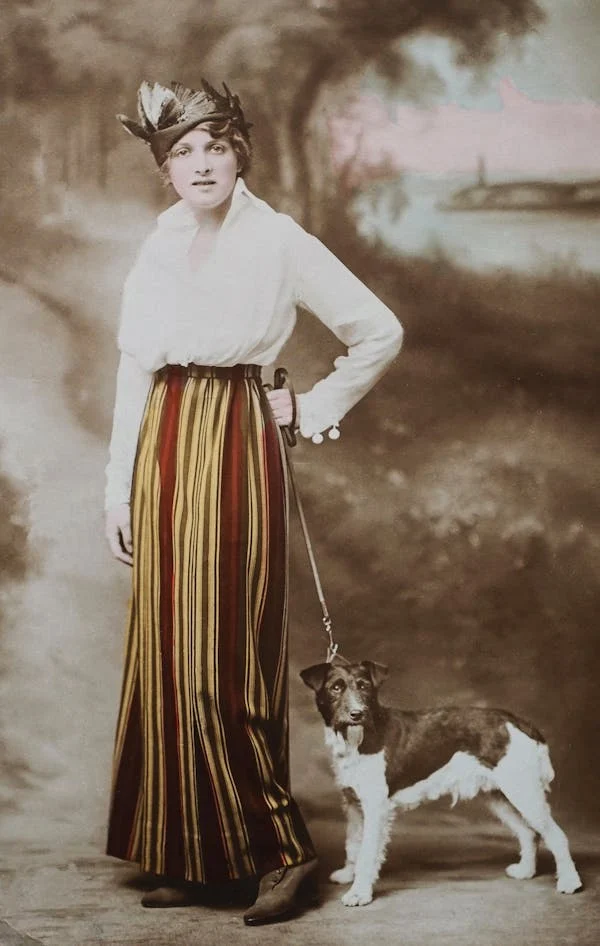
While daytime fashion was modest, evening wear allowed women to showcase more opulent and daring designs. Evening gowns of the Edwardian era were nothing short of lavish, emphasizing luxury and sophistication.
Luxurious Fabrics
Evening dresses were often crafted from velvet, satin, and chiffon, providing a more flowing and romantic silhouette compared to the structured day dresses. Fabrics were chosen not only for their elegance but also for how they draped on the body, complementing the flowing lines of the gown.
Necklines and Embellishments
Evening gowns often featured low necklines, contrasting sharply with the high-necked daywear. Lace, beading, and sequins adorned these dresses, adding to their glamour and ensuring they caught the light during social events. The skirts of evening gowns were often fuller and more elaborate, sometimes incorporating layers of fabric or trains to enhance the grandeur.
The Role of Accessories in Edwardian Fashion
Accessories were a crucial aspect of completing the Edwardian woman’s ensemble. Hats, gloves, and jewelry were all necessary to achieve the polished and fashionable look of the time.
Edwardian Hats
Hats during this period were extravagant and a key part of the fashion statement. The wide-brimmed hats, often adorned with feathers, flowers, and ribbons, were popular choices for both day and evening wear. These hats were designed to complement the voluminous hairstyles of the time, which were often styled in elaborate updos.
Gloves and Parasols
Gloves were an essential accessory for Edwardian women, as they symbolized elegance and status. Daytime gloves were usually made of kid leather or cotton, while evening gloves were typically long and made of satin or silk. Parasols were another accessory, serving both a practical and decorative purpose. They were often adorned with lace and matched the woman’s outfit.
Jewelry and Shoes
Jewelry during the Edwardian era reflected the intricate and feminine style of the clothing. Delicate pearls, cameos, and filigree designs were popular, along with art nouveau-inspired pieces featuring flowing lines and floral motifs.
Shoes were equally elegant, typically featuring a pointed toe and a small heel. They were often made from satin or leather, with embellishments like bows or buckles adding a refined touch.
Hairstyles and Beauty Trends of the Edwardian Era

Hairstyles were an essential part of Edwardian fashion, with elaborate updos being the most popular style. Women would pile their hair high on their heads, often using hairpieces or pads to add volume. With its soft, feminine waves and voluminous bun, the Gibson Girl look became iconic during this period.
In terms of makeup, Edwardian women preferred a natural look. They would use minimal makeup, often just a hint of powder to reduce shine and a touch of rouge on the cheeks. While makeup was not widely accepted in polite society, the early 1900s saw a rise in discreet cosmetics aimed at enhancing a woman’s natural beauty.
Conclusion: Edwardian Fashion’s Legacy
The Edwardian era marked a pivotal point in fashion history, where elegance, sophistication, and practicality came together. The era’s focus on intricate detailing, luxurious fabrics, and structured silhouettes has left a lasting influence on fashion design. Women’s clothing during this period reflected the changing societal roles, where fashion was not only about appearance but also a symbol of social status and modernity.
The S-shaped silhouette, opulent evening gowns, and intricate accessories that defined this period remain iconic. Even today, the influence of Edwardian fashion can be seen in modern design, as elements such as lace, corsetry, and high-necked blouses continue to inspire contemporary fashion.

Assalamu Alaikum.. I am Abdur Rahim I have been working in fashion for a long time I am in US and UK and I write about this topic in many places. I have been working and working on this topic for a long time And I am a blogger I have been blogging about fashion for a long time in different places.
